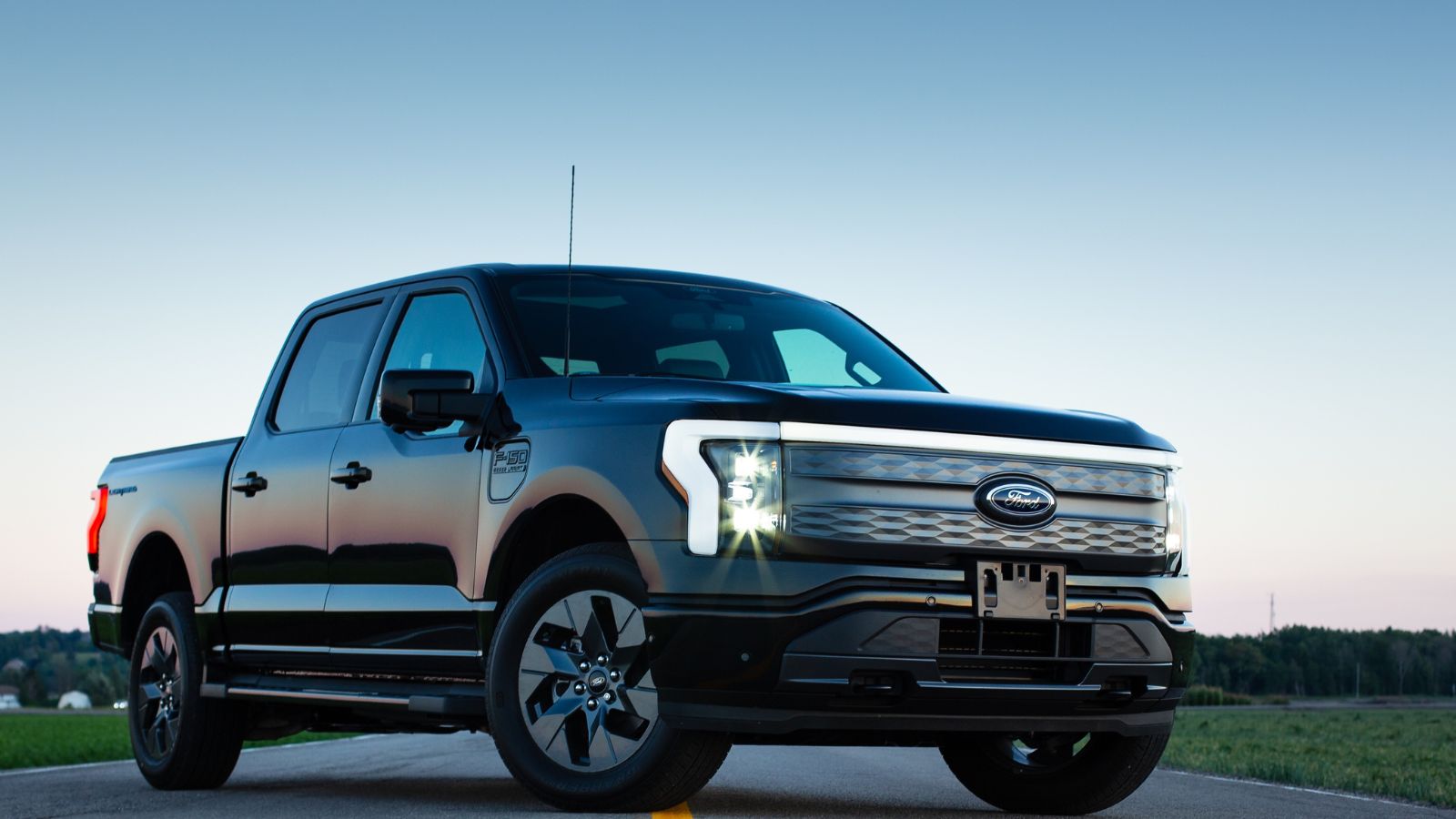Sometimes cars in general and pickup trucks, in particular, can be quite confusing especially when it comes to classification.
These classifications are meant to give you a better understanding of the features and capabilities of that particular vehicle.
One of the classifications used for pickup trucks is their tonnage. As one of the most popular American trucks, Ford F-150 is also a favorite among truck enthusiasts. But what classifies a truck as half-ton or quarter ton?
And how does this affect the performance of the Ford F-150? If you’re looking for answers, I’ve got them.
Table of contents
What Class of Truck is F-150?
The Ford F150 is definitely a workhorse and it is just as much at home in city driving. You will find it at a construction site hauling sheetrock and you will also find it being driven by stay-at-home moms to run errands as daily drivers.
The Ford F150 comes as a 4×2, 4xF and full-on 4×4. You can pick out the trim that is most suited to your need. So, where does the Ford F150 fall in terms of classification? Here are quick answers:
- Ford F-150 is a half-ton truck.
- It’s also the best-selling vehicle in the US, which means lots of people love their Fords.
- The F-150 is a full size pickup truck.
The Ford F-150 is a half-ton truck. This means that it has a gross vehicle weight rating (GVWR) of 6,000 pounds or less, and can carry a maximum payload of 3,000 pounds.
The GVWR is the total weight supported by the chassis of your vehicle when fully loaded with passengers and cargo. The payload capacity is how much weight you’re allowed to put inside your truck without exceeding its GVWR number.
If you’ve ever been told not to overload your car or SUV with heavy gear in order to avoid damaging its suspension system that’s what we mean by “overloading” here.
These numbers are pretty arbitrary because they don’t take into account how much stress each individual component on your car will see under those loads; if you put four people plus camping equipment into a truck that only has 4 doors for example, then yes: You’re definitely overloading it! But if all four people weigh 150 pounds each? Then no problem at all! That said…
How Are Trucks Classified?
There are three classifications for trucks based on weight: half-ton, three-quarter ton and one ton. Half-ton trucks tend to be the most popular, with Ford F150 being the most popular vehicle in this category.
A Ford F150 can tow trailers (up to 9,000 pounds) and haul cargo (up to 2,300 pounds). Three-quarter ton and one ton trucks are used for heavier hauling jobs such as construction or logging operations. An example of a three-quarter ton truck is the Chevrolet Silverado 1500.
Why Half-Ton Trucks Are Popular in America?
Ford F-150 is the best-selling pickup truck in America. The reason why this big truck is so popular is because it has a good price for its size and power; it’s not too expensive like some the larger trucks you see on the road today.
The main reason for the popularity of half ton trucks is mainly due to their versatility and ability to fit into the lifestyles of city or rural life. For example, they can fit nicely into most garages unless they have had modifications made like lifts or roof accessories.
They can haul big loads and tow trailers including campers. Their fuel efficiency makes them a good daily driver as well but this is relative to other vehicles in their class. They are the “Swiss army knife” of the vehicle world when you think of it.
Conclusion
The F-150 is a full-sized pickup truck capable of carrying heavy loads. The F-150’s class designation depends on its payload rating, which is determined by multiplying the weight of the unloaded vehicle by 100 pounds per inch of ground clearance (GC).
I hope that this post has given you a better understanding of how the Ford F150 is classified. If you are in the market for a new or used F150, take the points highlighted in this post into consideration so that you make the right decision based on your needs.

Thomas is a retired motor mechanic, father, and grandfather. He writes from his 20+ years in the automotive industry to help you find and solve anything related to car repairs, maintenance, and care.
